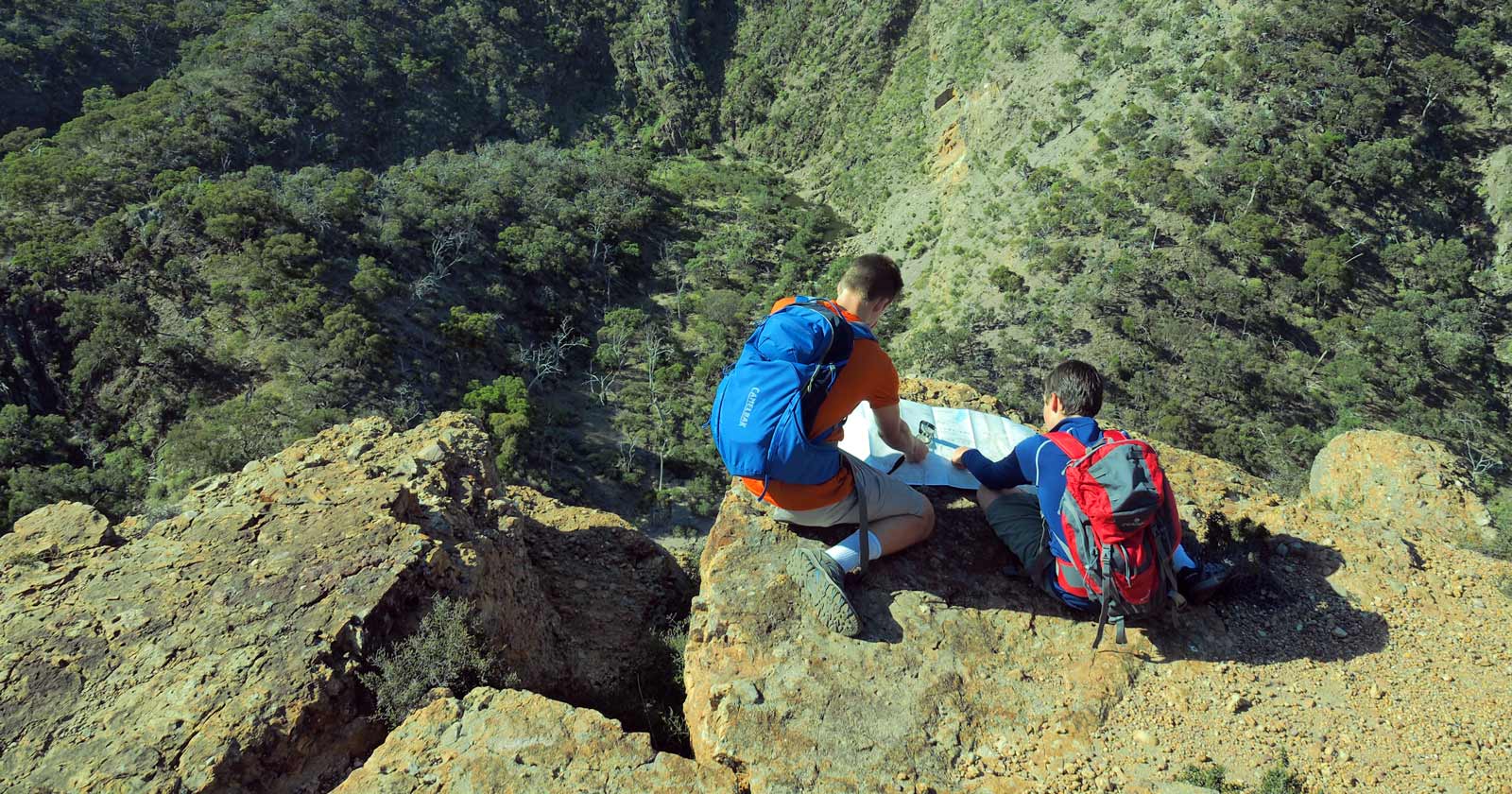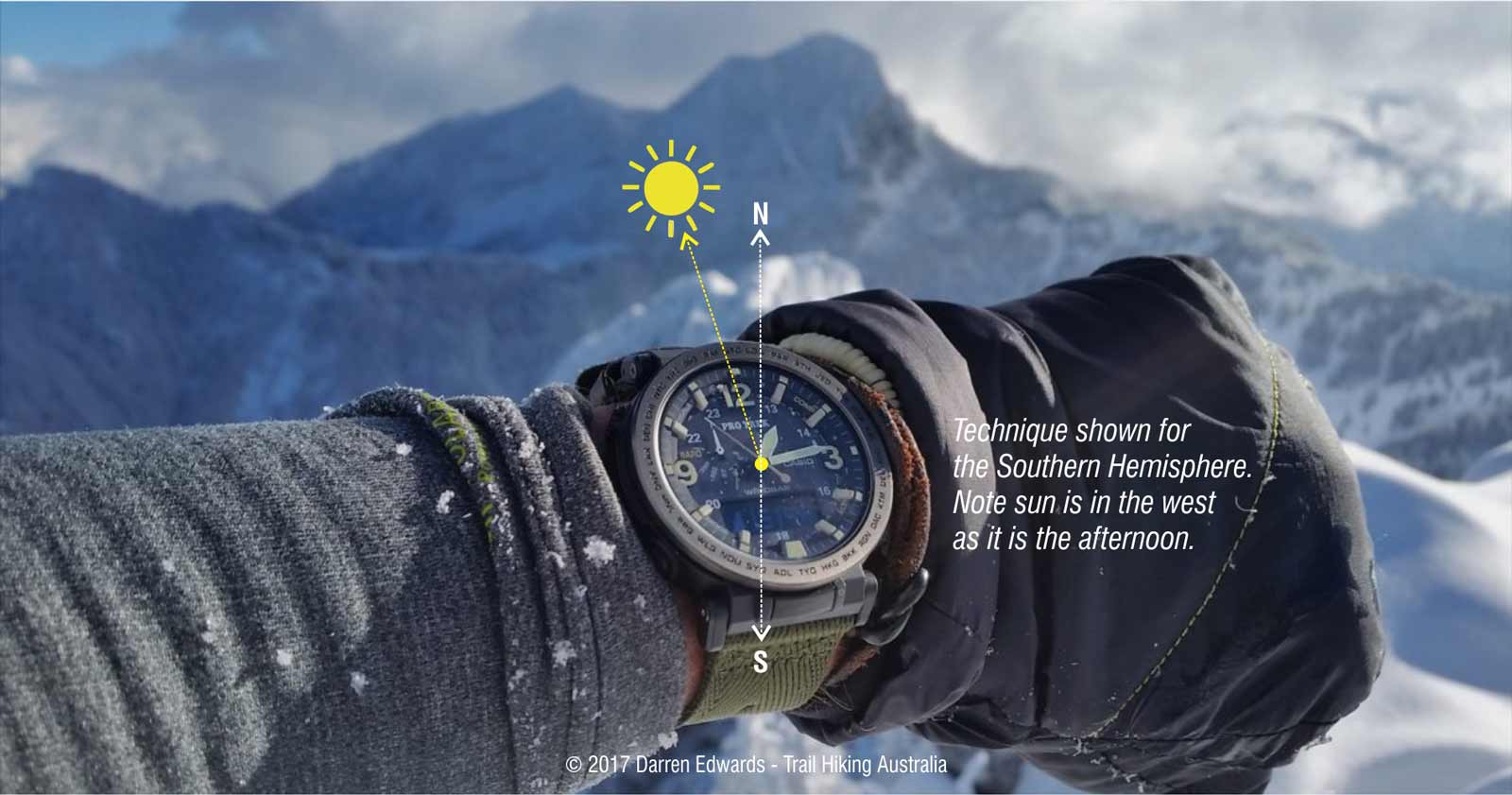What are rock cairns
A cairn is a group of stones carefully arranged on top of each other. These man-made mounds, used since the prehistoric age, take on a number of roles and have guarded various landscapes for thousands of years, withstanding both the ferocious elements and the test of time.
They appear in all sorts of places from mountain summits and ledges to river banks, moorlands, uplands, the desert and trackless terrains. Derived from the Scots Gaelic word ‘càrn’, meaning ‘heap of stones’, cairns are ancient markers with Scottish roots found across the globe. However, the word cairn is fluid and can refer to both man-made or natural hills and stone piles.
Cairns aren’t just structures — their locations may be carefully chosen, and the construction process or ceremonial use may be culturally important. Because of this, rock cairns can be very difficult to understand without looking at a landscape topography, terrain and scale.
Cairns for navigation
While large cairns have been built on top of mountains for surveying purposes or as memorials, in modern times, smaller cairns have been used as landmarks for navigational purposes by bushwalkers when there’s no obvious track to follow. They allow park rangers to mark a trail without disrupting the natural scenery with signposts, and they can be the difference between life and death for hikers who are looking for the trail.
Building ‘artistic’ cairns
Sadly, cairns are frequently becoming more of a hindrance and less of a navigational aid. There’s a controversial trend of artistically stacking stones in the wilderness, expressly to post pictures to social media. Conservationists criticise these amateur stacks, saying they can be confused for trail markers, and lead hikers astray. They also note that these amateur piles can disturb wildlife when they’re built or fall apart and that they leave a human mark in places that should be left in a more natural state.
Social media is influencing their construction, with people making their own stacks for Instagram photos. Some wilderness groups are campaigning against what they call disrespectful cairns, and avid bushwalkers often report knocking them down as moving rocks can disturb wildlife habitats and also goes against the leave-no-trace principle.
Leave no trace
Some people build rock stacks as a meditative exercise, or as an expression of their artistic side. Others find it a spiritual experience, with every rock symbolising a different aspect of their character or a goal they want to achieve. But the fact is, these things can be done without adversely impacting our natural environment. By building a rock stack where there’s a cairned route, someone easily could follow the wrong stack that someone has put there for aesthetic, not functional reasons.
I must confess, I have built new cairns in the past and have added rocks to existing ones, both for navigation and a bit of fun with my kids. I realise now this may not have been the right things to do even if it did aid navigation for others. At the end of the day, we should practice the ‘leave-no-trace’ principle, so as not to disturb the natural environment, distort the trail or risk cultural appropriation of such an ancient and sacred art form.
















Hah. I was always told by my dad you must always add a rock to a cairn to ensure the rest of the trip goes safely, as a good luck thing..
Rock stacking can cause confusion as you struggle to locate actual markers…
How else can I ensure the spirits protect me during the hike?
Folks the use of the word “should” is always reason to pause and think – because “says who?” – and against what shared view ?
The matter of cairns is interesting – a small cairn placed to help other walkers follows a HARD to follow trail has it merits. And even with the best of nav aids (maps, compass, GPS) some trails are extremely challenging to follow. I lost about an hour in fading light trying to find a trail in the Nadgee Wilderness… the next day when I retraced my steps I found a destroyed small cairn that had been placed to help people locate the faint trail ? I got out of that situation by bush bashing thorough tick-invested bush – something ones tries to avoid. So I think there is a case for small cairns placed in such circumstances. I don’t like them just being built for “decorative” purposes”… Anyway that’s imho ??
Stuart Barry very well said – there are heaps of trails in Tassie that are poorly marked and cairns are life savers!
There is a very big difference between rock stacks built for fun versus cairns strategically placed to aid navigation. And to your comment ‘because says who’, this is my view and you are encouraged to offer an alternate view. That is the point of discussion. I do find it interesting and somewhat amusing that you open with ‘folks the word should is ‘always‘…’ like everyone needs to stop and listen to your view. Despite your objection to my use of words, you will find I agree with you that cairns for navigation are indeed life savers.
Should be banned and generally is in national parks, you are removing vital hiding spots for wildlife
I always knock the stupid things over. It’s wildlife habitat, not for hippies pleasure
Cairns are a bit different mate. There are tracks down here that i would definitely have got lost on if it werent for the cairns.
Rock stacking for instagram though, environmental vandalism!